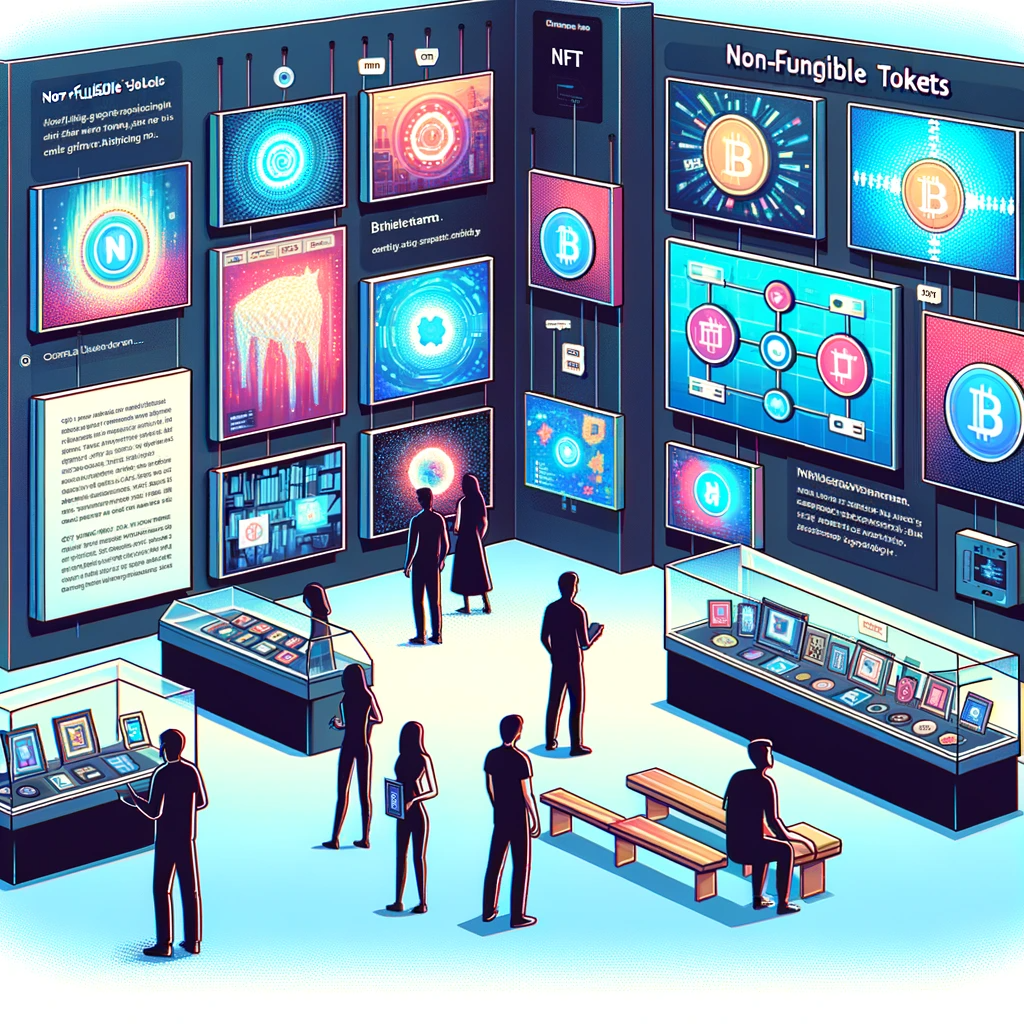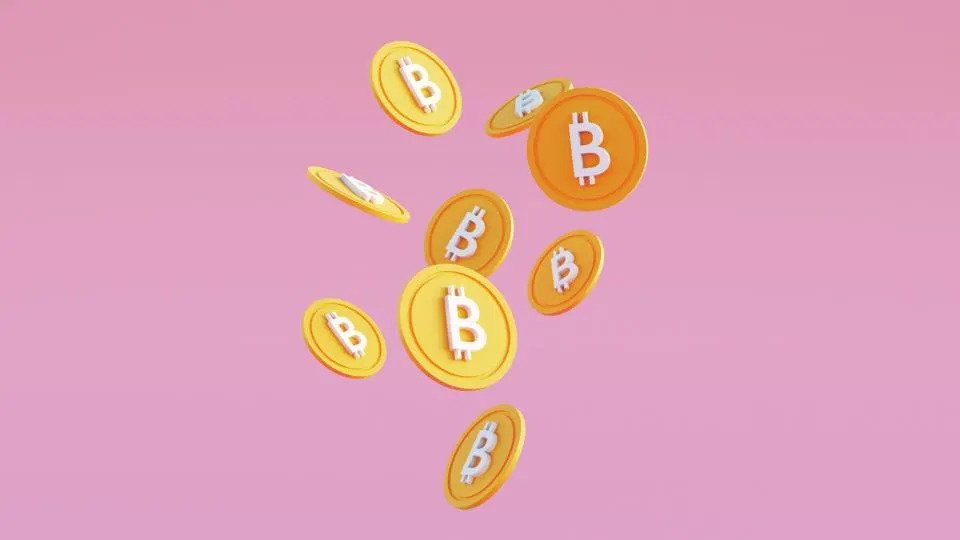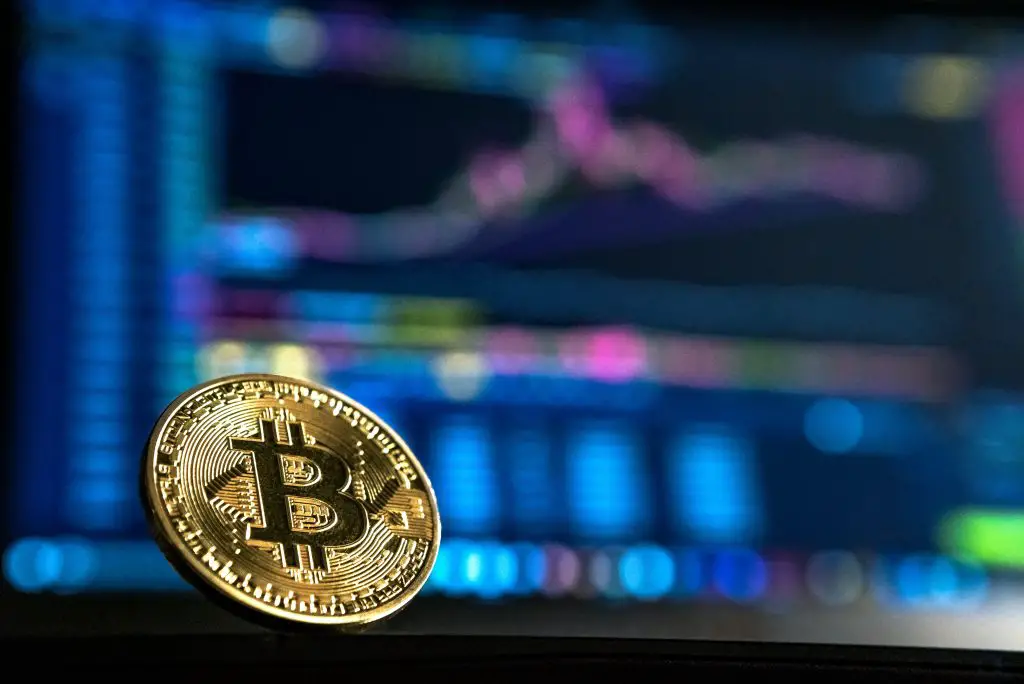Table of Contents
NFTs, or non-fungible tokens, have become a buzzword in the world of cryptocurrency, but what exactly are they? In this comprehensive guide, we’ll explore the intricacies of NFTs, their significance in the digital realm, and how they’re reshaping various industries.
The Essence of NFTs in the Digital Landscape
NFTs are digital assets that represent ownership or proof of authenticity of a unique item or piece of content, primarily using blockchain technology. Unlike cryptocurrencies like Bitcoin or Ethereum, which are fungible and can be exchanged on a one-to-one basis, NFTs are unique and cannot be exchanged equivalently. This uniqueness is what gives NFTs their value and appeal.
NFTs and Blockchain: A Symbiotic Relationship
At the heart of NFTs lies blockchain technology, the same technology that powers cryptocurrencies. Each NFT is stored on a blockchain, which is a decentralized and immutable ledger. This ensures the authenticity and scarcity of digital assets, making them tamper-proof and secure.
Tracing the Origins of NFTs
NFTs aren’t a new concept; they’ve been around for several years. However, their popularity surged in recent times, with high-profile sales and mainstream media coverage. The first known NFT project, CryptoPunks, launched in 2017, laid the foundation for what would become a booming market.
The Rise of Digital Art and NFTs
Digital artists were among the first to adopt NFTs, seeing them as a way to sell their art in a digital format. Platforms like SuperRare and OpenSea provided marketplaces for these artists, revolutionizing how digital art is valued and traded.
NFTs: Not Just Digital Art
While digital art is a significant part of the NFT world, it’s not the only application. NFTs have found their way into various sectors, including music, gaming, and even real estate. In gaming, for example, NFTs allow players to own unique in-game items, adding a new dimension to online gaming economies.
NFTs in the Music Industry
Musicians and artists are increasingly turning to NFTs as a new avenue for distributing and monetizing their work. From exclusive album releases to unique digital merchandise, NFTs are opening up new possibilities in the music industry.
The Financial Landscape of NFTs
Understanding the value of NFTs can be challenging. Unlike traditional assets, the value of an NFT is subjective and can be influenced by factors like the artist’s reputation, rarity, and the digital asset’s historical significance. This makes the NFT market both exciting and unpredictable.
Buying and Selling NFTs
Getting involved in the NFT market requires navigating various platforms and understanding the intricacies of blockchain transactions. Platforms like Ethereum are popular for NFT transactions, but there are also other blockchains and marketplaces catering to specific types of NFTs.
NFTs and Intellectual Property
The ownership of an NFT does not always equate to the ownership of the intellectual property of the underlying asset. This is a critical consideration for buyers and sellers, as the legal landscape surrounding NFTs is still evolving.
Environmental Considerations
The environmental impact of NFTs, particularly regarding their carbon footprint due to energy-intensive blockchain networks, has been a topic of debate. As the industry grows, there’s a push towards more sustainable practices and eco-friendly blockchain solutions.
Looking Ahead: The Future of NFTs
The potential of NFTs extends far beyond what we’ve seen so far. From transforming traditional industries to creating entirely new markets, NFTs are poised to have a lasting impact on the digital economy.
NFTs Beyond the Art World
NFTs are expanding into areas like real estate, where they can represent ownership of virtual land, and into identity verification processes. This versatility shows the vast potential of NFTs in various sectors.
Conclusion: The Transformative Power of NFTs
In conclusion, NFTs are more than just a trend; they represent a significant shift in how we perceive value and ownership in the digital age. As the technology evolves and becomes more integrated into different sectors, we can expect NFTs to continue playing a transformative role in the digital economy.
Frequently Asked Questions:
- How do NFTs work? NFTs, or non-fungible tokens, work by using blockchain technology to establish a verified and public proof of ownership for a digital asset. Each NFT is unique and cannot be replicated or exchanged on a like-for-like basis, unlike cryptocurrencies. This uniqueness is verified through the blockchain, which records the history and ownership details of each NFT, ensuring authenticity and scarcity.
- Can NFTs be considered a good investment? Investing in NFTs can be both lucrative and risky. The value of NFTs is highly subjective and influenced by factors like the creator’s reputation, rarity, and the overall demand in the market. While some NFTs have sold for millions and gained substantial value over time, others might not appreciate in value. As with any investment, it’s essential to do thorough research and understand the risks involved.
- What are some of the most famous NFTs sold to date? Some of the most notable NFTs include Beeple’s digital artwork “Everydays: The First 5000 Days,” which sold for over $69 million, and CryptoPunk #7804, a part of the CryptoPunks series, which sold for millions. These sales highlight the significant interest and financial potential in the NFT market.
- How do I create my own NFT? To create an NFT, you need a digital asset (like a piece of art, music, or video), a blockchain platform (such as Ethereum), and an NFT marketplace (like OpenSea or Rarible). First, you’ll create a digital wallet, upload your digital asset to the marketplace, and follow the process to mint it into an NFT. This process usually involves paying a fee, known as “gas,” to compensate for the energy required to process the transaction on the blockchain.
- Are there any risks associated with buying NFTs? Yes, there are several risks. The value of NFTs can be volatile and unpredictable. There’s also the risk of digital theft or fraud, particularly if proper security measures aren’t taken. Additionally, the environmental impact of NFTs, particularly those on energy-intensive blockchains, is a concern for some buyers.
- How can I sell an NFT I own? To sell an NFT, you need to list it on an NFT marketplace. You can set a fixed price or opt for an auction format. Once a buyer purchases your NFT, the marketplace will handle the transfer of the NFT to the buyer and the funds to your digital wallet, minus any fees. It’s essential to understand the terms and fees of the marketplace before listing your NFT.
These FAQs provide a basic understanding of NFTs, their market dynamics, and considerations for buyers and creators.


